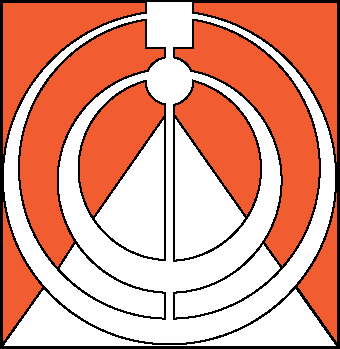Six New Mi-STAR Units Available for 2018-19
Monday, June 11, 2018
Michigan middle-school science teachers can access six new, classroom-tested Mi-STAR units starting in September 2018, increasing the number of available units to 12. The new units complete Mi-STAR's sixth-grade curriculum and provide an additional seventh-grade offering.
This sets the stage for next year's sixth graders to experience three years of Mi-STAR curriculum, since Mi-STAR expects to release several new seventh- and eighth-grade units in 2019.
This fall, Michigan teachers who have completed requisite professional learning can access any of the 12 available Mi-STAR units with a free trial subscription to the Mi-STAR network. The only up-front cost is $30 for the Introduction to the Curriculum Primer, the first step of the requisite professional learning. Mi-STAR's professional learning prepares teachers to unleash the full potential of Mi-STAR's curriculum units. “This is an excellent time for teachers to try their hand at Mi-STAR,†said Doug Oppliger, coordinator of curriculum development. “In 2019-20, Mi-STAR will implement modest subscription fees for Michigan teachers, that will be assessed, at a teacher's or adminstrator's discretion, either on a per unit basis or to allow for full access to all available units. By getting involved in fall 2018, districts can test drive Mi-STAR without having to make this financial commitment.â€
The new units are
- 6.2: Investigating and Modeling Body Systems—Students learn about emerging diseases and tissue engineering as they address an “outbreak†at their school. They identify the pathogen, determine how the pathogen affects organ systems and subsystems, and design a tissue engineering strategy to repair the damage.                Â
- 6.3: How Our Bodies Use Food—Students learn how our bodies grow and gain energy from the food we eat and what happens to food as it moves through our bodies. Â They use hands-on activities and experiments and create their own models to show the physical and chemical reactions that occur as we eat and digest food.
- 6.4: Protecting Devices from Everyday Forces—Students use what they've learned about forces and motion to design a protective cell phone case that meets criteria and constraints. They students explore properties of force and motion and test their designs.
- 6.5: What Plants Need to Grow—Students examine how environmental conditions, resource availability, competition and genetics affect growth and reproduction. They design and implement a classroom experiment to understand how these factors impact plants and make recommendations on how to maximize plant growth and reproduction. This gives them an introduction to making predictions and claims supported by evidence and reasoning.
- 6.7: Cycling of Energy and Matter Through Food Webs—In this unit, students help maintain the local food system by discovering and then explaining why a single garden plot is failing within an otherwise thriving community garden. Students model how, even in human systems, producers, consumers and decomposers cycle matter and energy within and between ecosystems. As part of their investigation, students delve deeply into how producers, like vegetables, make food out of “thin air†through photosynthesis. Eventually students use their model to recommend strategies to return the garden plot to its former glory.
- 7.3: Designing a Device to Regulate Thermal Energy Transfer—Students conduct investigations and model molecular systems, learning the difference between heat and temperature and explaining how thermal energy moves from areas of high to low temperature. The models are used in combination with engineering practices to design, test and improve a physical model of a dog crate that will keep a pet cool during hot summer days. (Note: This unit, piloted as 7.4, will be switched with Unit 7.3, based on teacher feedback.)
GET Mi-STAR NEWS BY E-MAIL!
Copyright © 2025 Mi-STAR
Mi-STAR was founded in 2015 through generous support provided by the Herbert H. and Grace A. Dow Foundation. Mi-STAR has also received substantial support from the National Science Foundation, the MiSTEM Advisory Council through the Michigan Department of Education, and Michigan Technological University.


















